Home / Orthopedic Blog / Platelets in the Treatment of Achilles Tendon Injuries
Platelets in the Treatment of Achilles Tendon Injuries
By: Our Medical Team | January 16, 2024

Platelets in the Treatment of Achilles Tendon Injuries
The Achilles tendon is found on the back of your heel, and it is a thick band of fibrous tissue that works to connect the bottom of your heel to your calf muscle, making walking, jumping, going up on your tippy-toes, and many other movements possible.
The Achilles tendon is forced to withstand many forces each day, and it can wear down and become ruptured, irritated, or begin to degrade. Achilles injuries can be difficult to treat due to the stress this area receives, but platelets provide a great regenerative medical treatment to help speed up the repair process and get you back to full strength and functionality quickly.
What Achilles Injuries Can Occur?
Because the Achilles tendon is in such a vulnerable place, it can become injured quite easily, and the complications that can occur vary significantly in severity. Three of the most common Achilles issues are Achilles tendonitis, Achilles tendinosis, and tendon rupture.
Achilles Tendonitis
Achilles tendonitis occurs when the tendon becomes inflamed. This is especially common among athletes due to the stress placed on this area of the leg. Some of the most common sports that can cause this issue is running, tennis, basketball, football, and others that involve lots of starting and stopping.
Tendonitis pain often worsens during exercise and can be accompanied by swelling or being warm to the touch. This injury is more likely to occur if a person does not warm up before exercise or ups the intensity of their workout regime drastically.
Achilles Tendinosis
Unlike tendonitis, tendinosis is chronic and is a result of tendon deterioration. Tendinosis often occurs if tendonitis is left untreated for a long period of time. The Achilles is composed of many layers of fibrous tissue, which are mainly collagen fibers. These fibers can become damaged and wear down or break.
Achilles Tendon Rupture
The most severe tendon injury is a complete rupture, which occurs when the Achilles tears and either fully or partially separate from itself. This often occurs during rapid movements, such as jumping or cutting. Severe pain often accompanies this injury along with a snapping or popping feeling.
Treatment with Platelets
Platelets are found in human blood, and their primary roles are in healing and regenerating tissues throughout the body after they have been injured. Regenerative medicine uses these platelets in high concentrations to directly stimulate the healing process. One of the most common ways this is utilized is through platelet-rich plasma or PRP.
PRP is derived from a sample of a person’s own blood and is then centrifuged to separate each of the components, mainly the red blood cells and the plasma. The plasma is then centrifuged again to isolate the platelet-rich plasma from the platelet-poor plasma. The plasma with a high platelet concentration can then be injected directly into damaged tissues to jumpstart the healing process, making it more effective and efficient.
Scientific Research
Many studies have been performed to note the effectiveness that platelets can have on the healing process. One review looked at 14 different studies that all examined the effectiveness of platelets for healing Achilles tendon ruptures. This review found that the use of platelets helped to significantly improve outcomes compared to the normal treatment options, which often involve surgery.
Another study looked at 20 individuals who suffered an Achilles tendon rupture. Half of these individuals were treated with a placebo, and the other half received PRP injections. Six weeks following the injections, researchers noted that those treated with PRP had a higher number of new collagen fibers, showing that platelets were able to improve the healing process.
PRP Treatments are Superior to Surgery
Many Achilles tendon injuries that are less severe in nature are often treated using conservative treatment options, such as NSAIDs, ice to reduce swelling, rest, added support, and more. However, when these options fail to alleviate your pain, other treatments are often pursued, many of which involve surgery.
Surgical procedures to repair the Achilles tendon involve opening up the back of the heel and cleaning up and repairing the damaged parts of the tendon. These procedures can involve long recovery times of up to a year or more depending on the severity of the damage. A major part of the recovery process involves physical therapy to improve ankle mobility and strength, which can be time-consuming and costly. Surgery also presents the potential for infection or nerve damage, both of which can cause several further health issues.
Achilles treatment with platelets provides a much less invasive option that can help to heal the damaged tendon without the need for surgery. PRP can be injected directly into the back of the heel to stimulate the healing process. These treatments take only a few minutes and cause very minimal levels of discomfort and pain compared to other surgical options.
- https://www.verywellhealth.com/achilles-tendonitis-causes-and-treatment-3119332
- https://onlinelibrary.wiley.com/doi/full/10.1002/jor.22199
- https://www.mayoclinic.org/diseases-conditions/achilles-tendon-rupture/symptoms-causes/syc-20353234
- https://www.medscape.com/viewarticle/734499_2
TAGS












